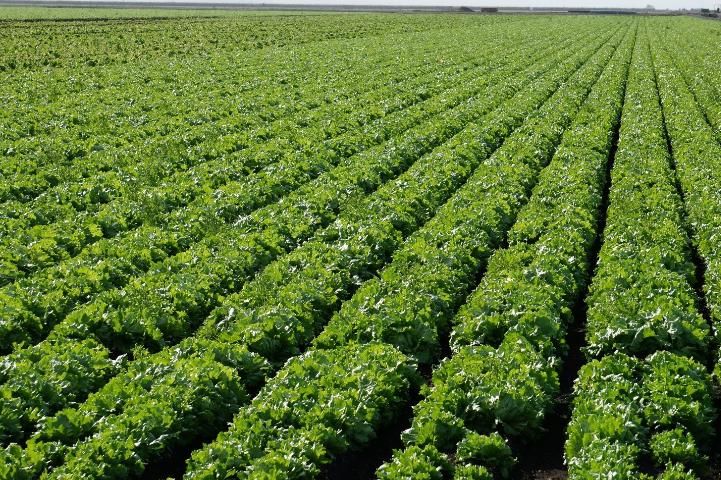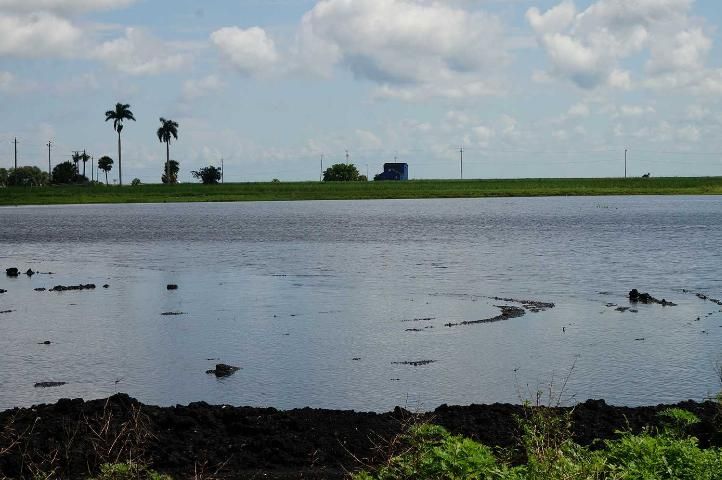Profitable sugarcane production in Florida requires effective weed management. Herbicides are a critical component of sugarcane weed management programs, because they provide an efficient and cost-effective means of weed control. However, repeated use of a single herbicide or group of herbicides with the same mechanism of action can result in the development of herbicide-resistant weeds. When herbicide-resistant weed populations appear, standard weed control treatments often become ineffective. As a result, alternative means of control must be used. In crops such as sugarcane where a limited number of herbicides are registered, the loss of a single effective herbicide can be very costly. Thus, it is critical to manage herbicides in order to prevent or delay the development of herbicide-resistant weed populations.
Growers and land managers must have a basic understanding of which herbicides have the same mechanism of action in order to successfully apply herbicides in a manner that reduces the likelihood of developing herbicide resistance. Table 1 lists herbicides by group number, mechanism of action, chemical family, common name, and trade name.
When planning a herbicide program to manage against herbicide resistance, you should avoid whenever possible the use of a single herbicide or herbicide group in consecutive years. However, Group 4 (2,4-D, dicamba), Group 5 (atrazine, ametryn, metribuzin), and Group 18 (asulam) herbicides are typically used in every year of a sugarcane crop because of the limited number of herbicides available and the perennial crop cycle of sugarcane. Worldwide, 74 and 38 weed species have developed resistance to triazine and synthetic auxin herbicides, respectively (Heap 2018). These biotypes include several members of the genera Amaranthus, Ambrosia, Chenopodium, Eleusine, Panicum, Digitaria, and Solanum, which are commonly found in Florida sugarcane fields. Consequently, it is critical that other herbicide groups be utilized as part of an integrated weed control program in sugarcane to prevent the development of weed populations with resistance to triazine and synthetic auxins herbicides. Although there are no reported cases of resistance to asulam, there is always a chance that resistant populations could develop. Asulam (Group 18) has been the main herbicide used for postemergence control of grass weeds in sugarcane. It is typically tank mixed with trifloxysulfuron (Group 2), an alternate mechanism of action for postemergence grass weed control. For most grassy weeds, tank mixtures of asulam and trifloxysulfuron are an effective resistance management strategy. Recent registration of topramezone (Group 27) for control of broadleaf and grass weeds in sugarcane provides another mechanism of action particularly for grass control. The tank mix of topramezone and asulam enhances grass control and provides a new tool to mitigate development of asulam resistant grass weeds. A premix that combines three herbicides i.e. atrazine (Group 5), mesotrione (Group 27), and S-metolachlor (Group 15) was also recently registered for broad-spectrum residual control of grass, sedge, and broadleaf weeds in sugarcane. This premix is a resistance management product with three built-in sites of action. Herbicide resistance is more likely to be a problem in fields successively planted to sugarcane with no fallow renovation period. The fallow period provides a valuable opportunity to control weeds using rotational crops (Figure 1), tillage, flooding (Figure 2), or herbicides with other mechanisms of action.

Credit: Calvin Odero, UF/IFAS

Credit: Calvin Odero, UF/IFAS
Herbicide resistance is currently not a significant problem in the sugarcane production region of Florida because no resistant weeds have been documented so far. The continued use of integrated and properly managed weed control programs in sugarcane should ensure that resistance does not become a major issue in the future.
Reference
Heap, I. 2018. The International Survey of Herbicide Resistant Weeds. www.weedscience.org